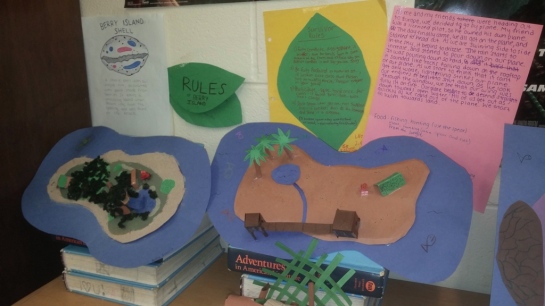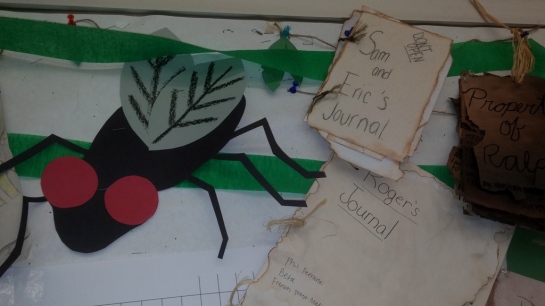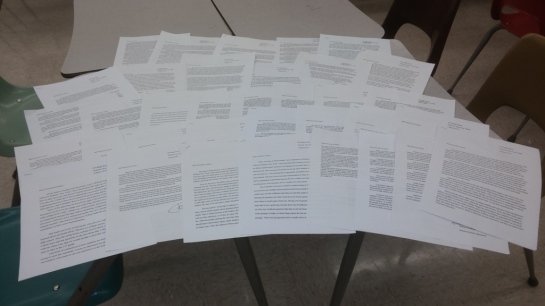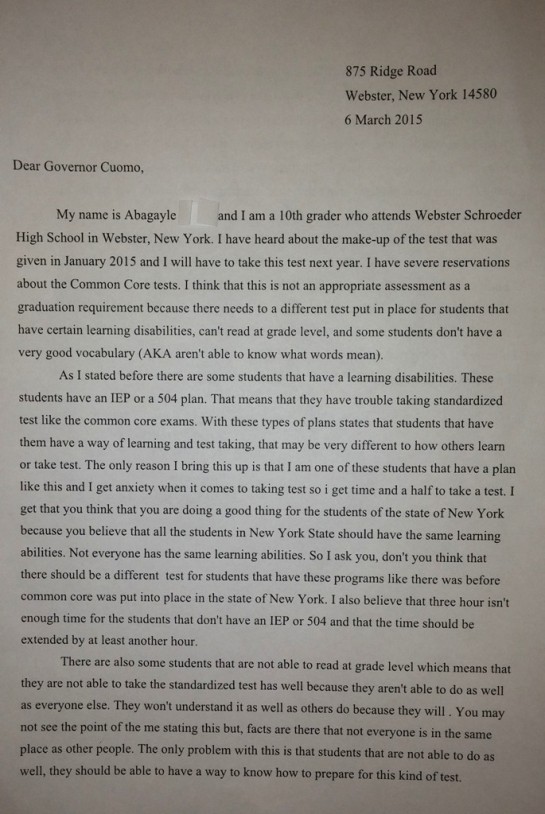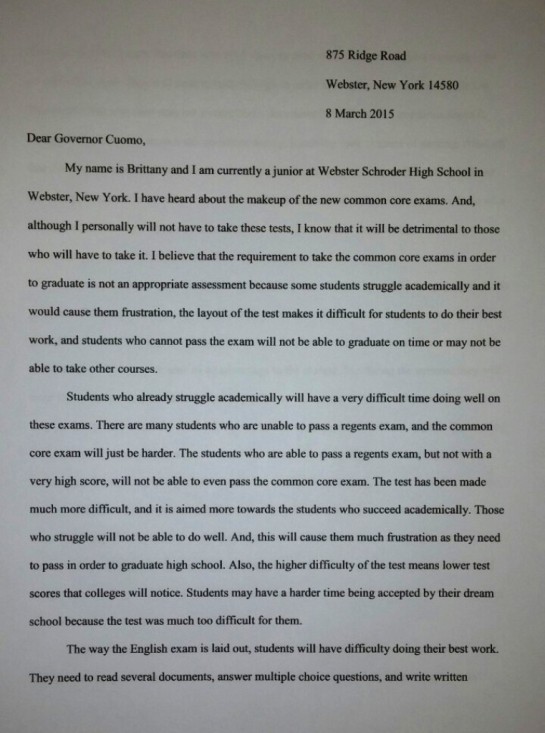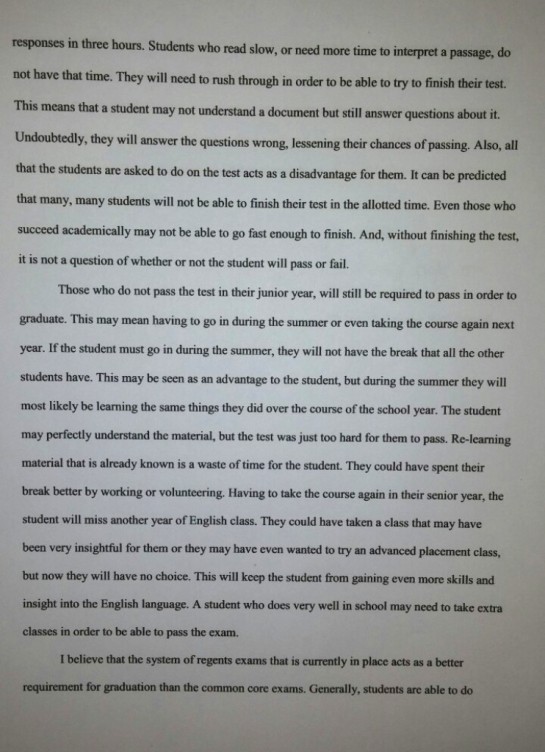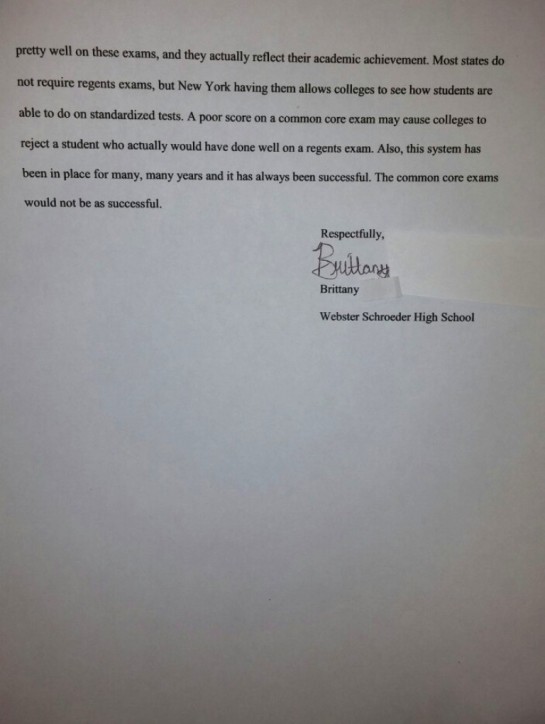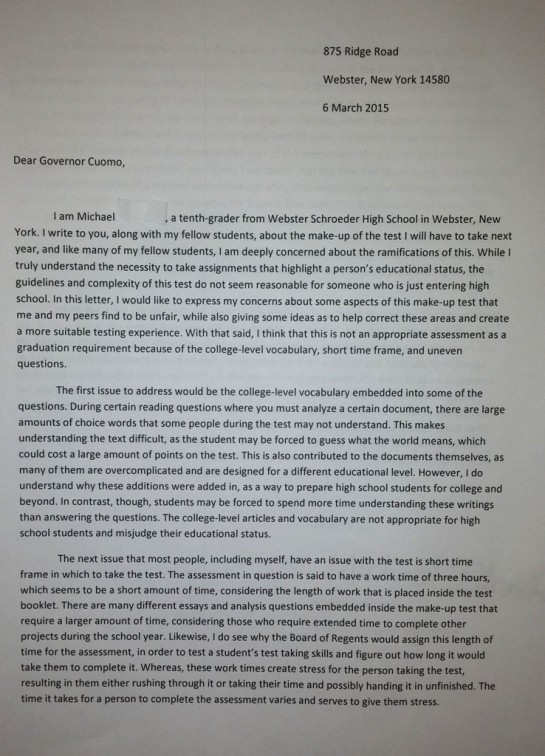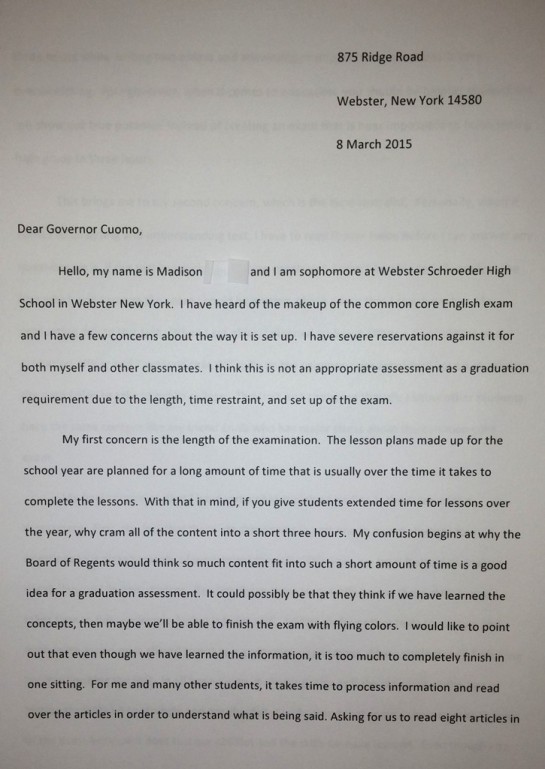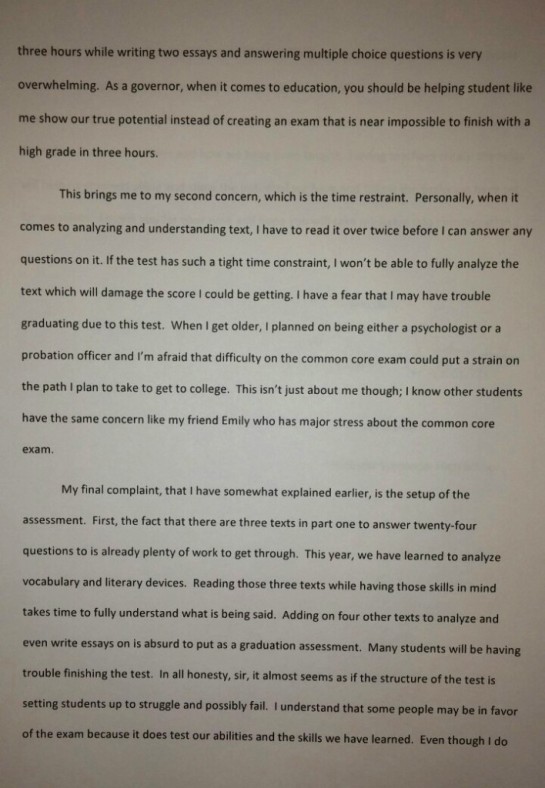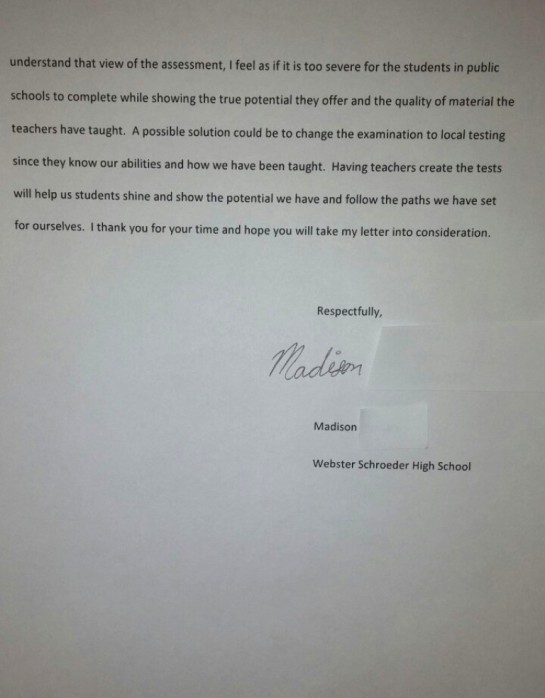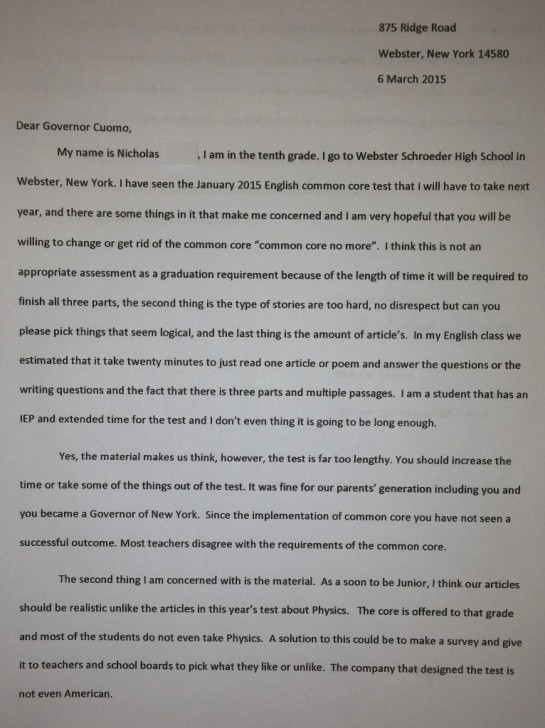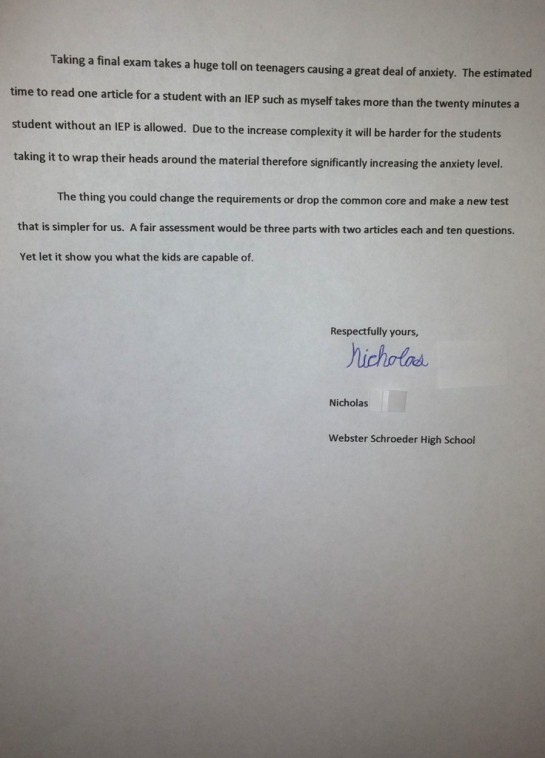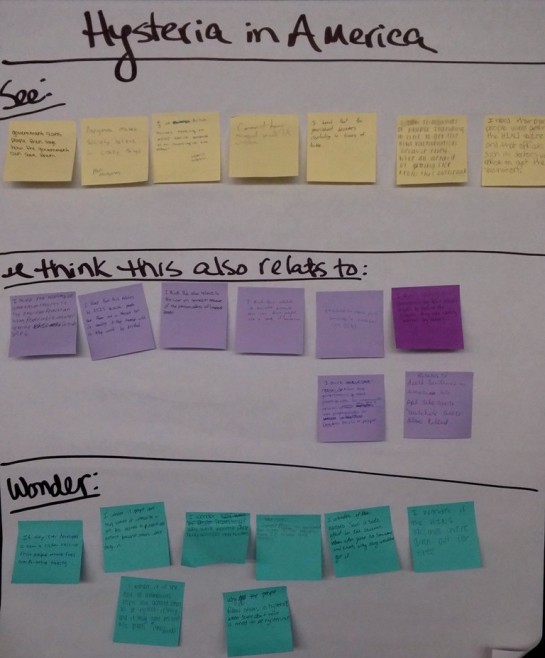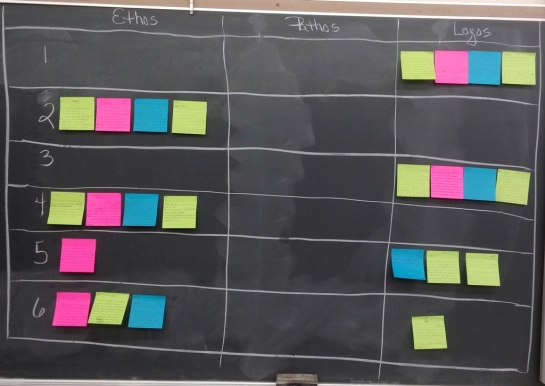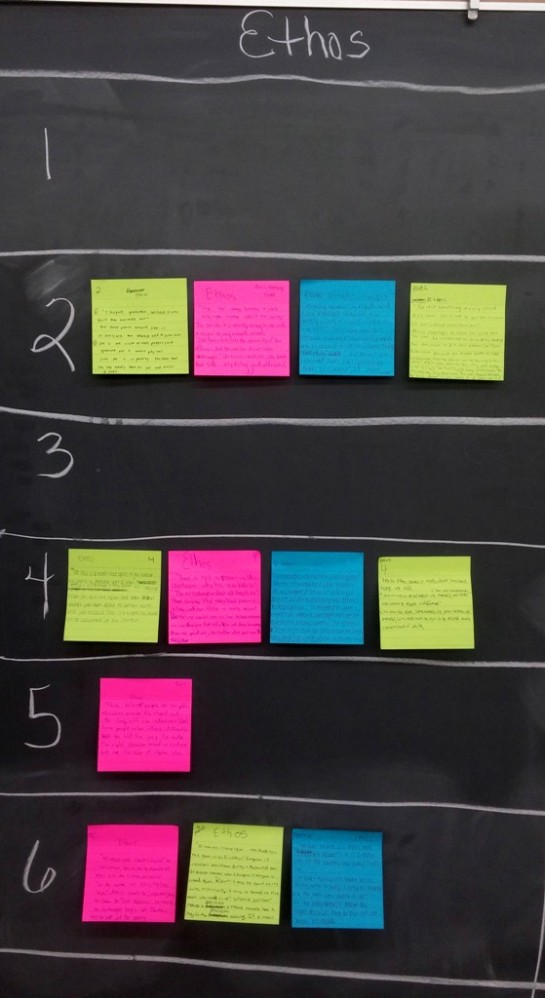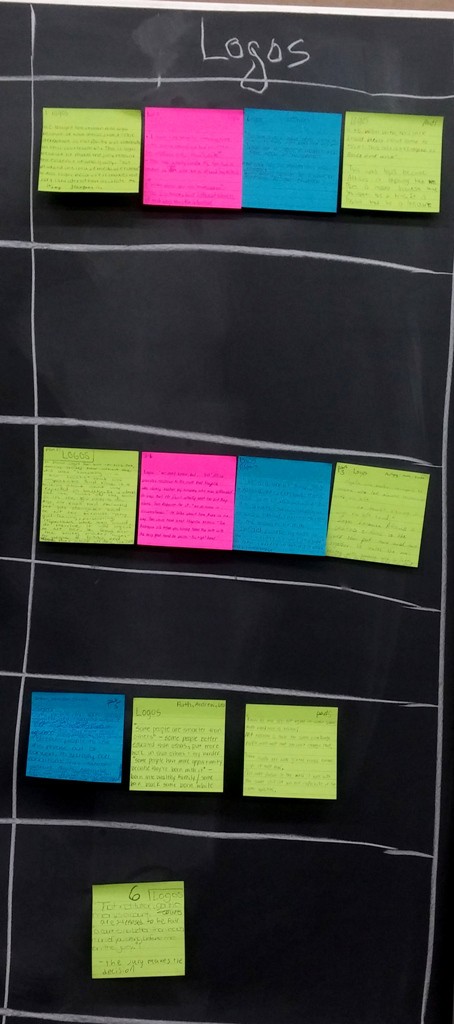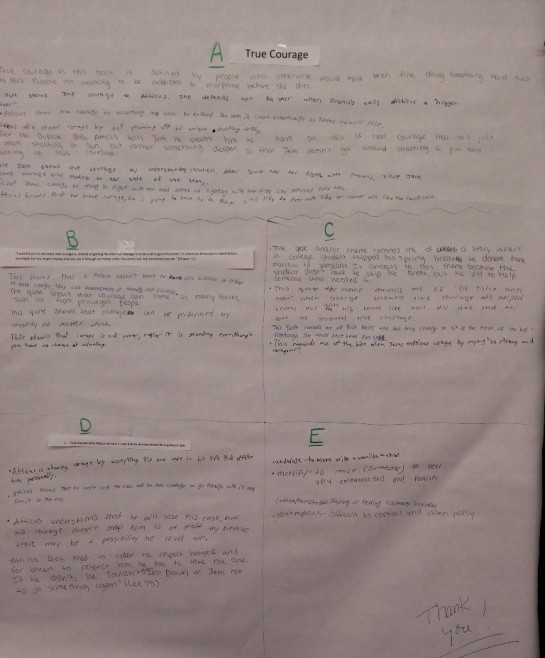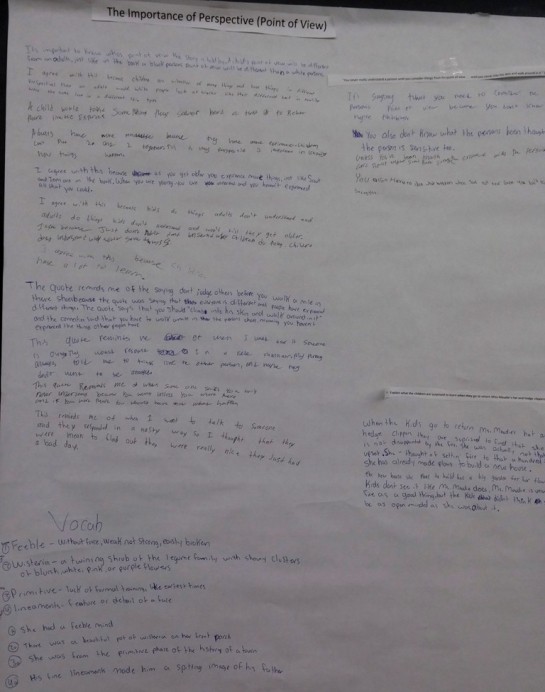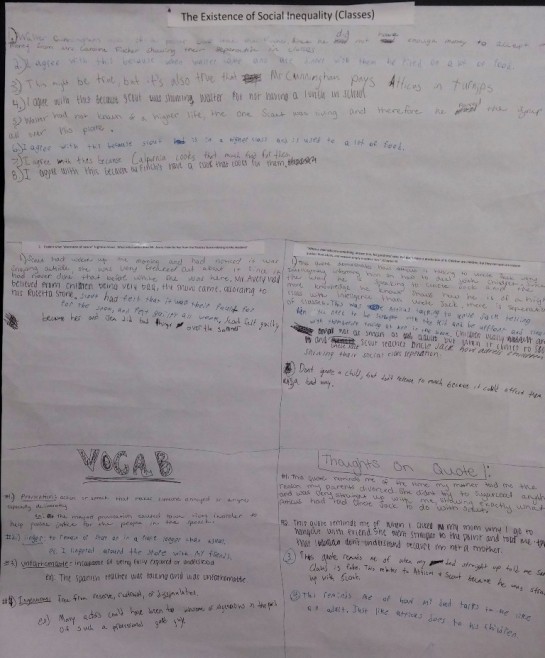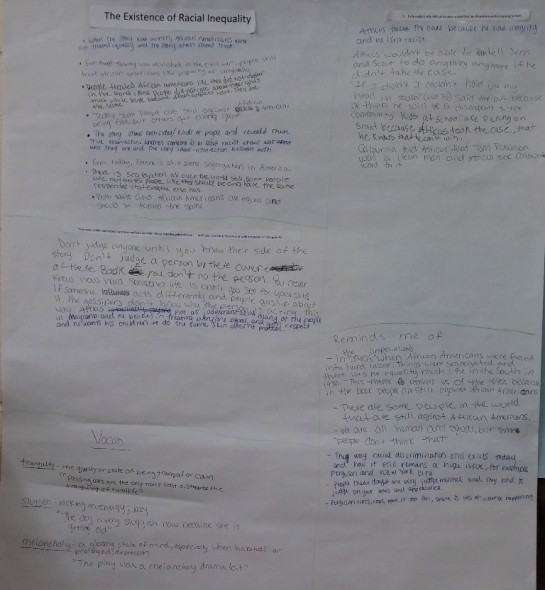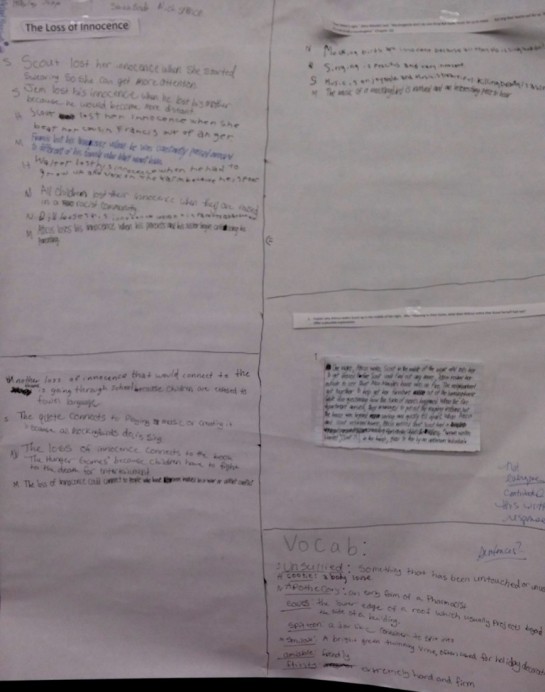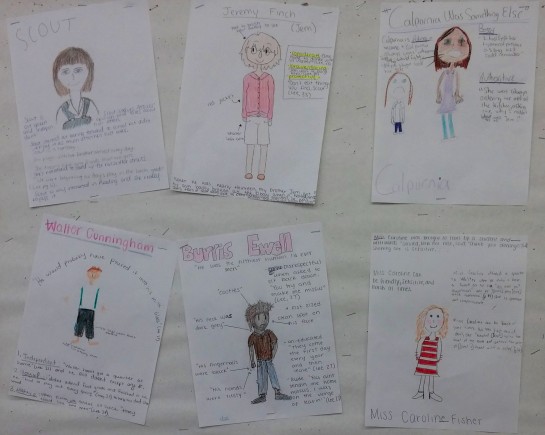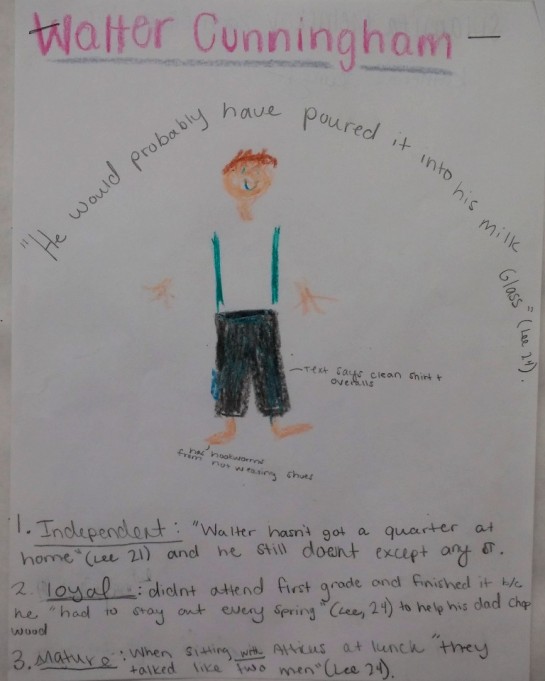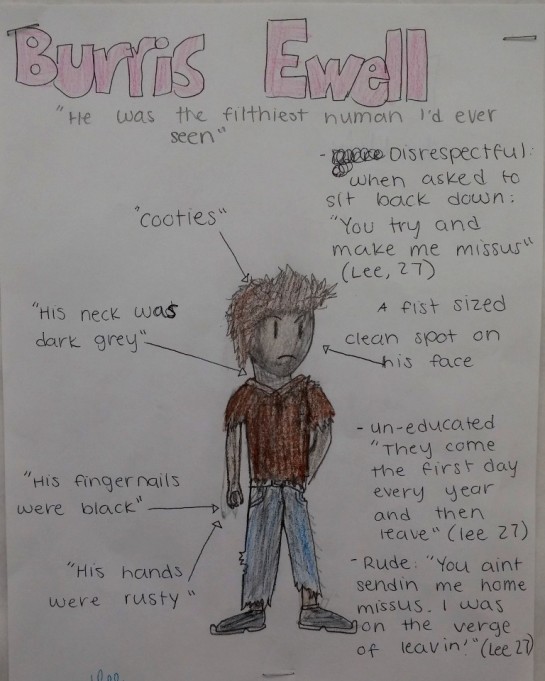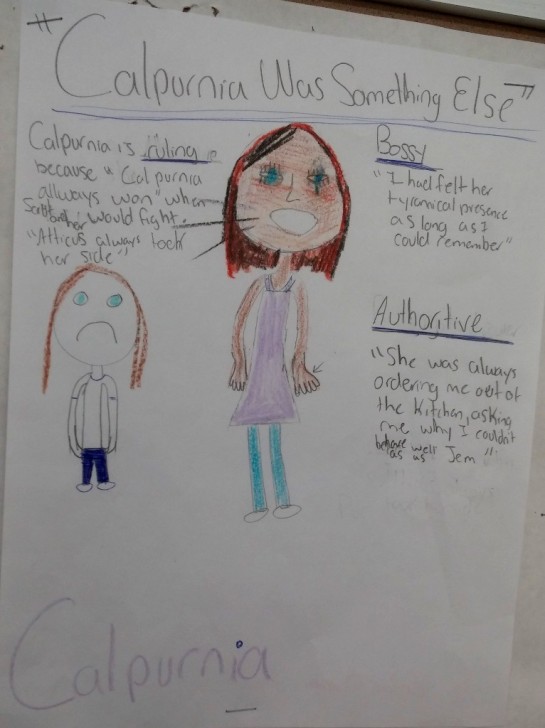1a. Demonstrating knowledge of content and pedagogy
I have taken several workshops in Visible Thinking, and I use it consistently in my classroom. I have found that the SEE/THINK/WONDER exercise is a wonderful lead-in to the Jane Schaeffer style of writing embraced by the Webster Central School District.
My experience with on-line publishing through the publication of my own books aids me in this part of my work with students. As such, I have working knowledge of what makes good writing.
I have published over twenty “LitPlans” through both Teacher’s Pet Publications and BMI Educational Services. For BMI, I designed their format for their Literature Study Guides and Student Workbooks, which was used for the entire series.
As a stage performer who was trained in Theatre during a summer session at Thames Valley University in London, England under the tutelage of Rodney West from the Royal Shakespeare Company, I have much to bring to my students’ understanding of theatre and plays, particularly the works of William Shakespeare. I also perform with various community theatre companies in the Rochester area, and I serve on the Board of Directors for Everyone’s Theatre Company.
___________________________________________________________
1b. Demonstrating knowledge of students
I was fortunate enough to work with the same group of consultant students for two years in a row (both English 9 and English 10). This was extremely beneficial to the students as they were already familiar with classroom expectations and knew what was expected from them as regard to their class work. They did VERY well this year, and each one of them said at their CSE meetings in March that they were glad to have had that opportunity.
Early in the year, the English Department used on of the EngageNY modules (“Letter From a Birmingham Jail”) as a form of pre-assessment so as to determine the strengths and weaknesses of our particular group of students. Through the results, I knew what I needed to focus on at least in the realm of persuasive writing with my classes.
This year was my second year teaching Consultant classes, and I worked with my consulting teacher to better get to know my special education students through studying their IEP’s and/or 504 plans in depth. While working with their accommodations, I still held them to the same rigor and level of expectations as my Regents students. As they will be taking the same assessments, it would have been a disservice to them to do otherwise.
Next year I will be working with the newly developed ICT program for 9th grade. I will be doing summer training in preparation for that.
__________________________________________________________________
1c. Setting instructional outcomes
I use District-approved rubrics for grading writing assignments, particularly those that model state assessments. I allow students to see the rubrics in advance so that they are aware of the expectations. For some long-term projects, I show them models of former students’ work (many allow me to keep their projects afterwards) so that they can get an idea of what I am looking for in their work.
I also decided that it would serve the Consultant classes better if I did the research paper in conjunction with the Social Studies Model U.N. project.
__________________________________________________________
1d. Demonstrating knowledge of resources
For my junior classes, I demonstrated how to create and maintain a WordPress blog site. This was for their personal narrative writing, so I used the websites to monitor student performance on online assignments.
For vocabulary with the juniors, I attempted something creative by allowing them to choose words from the text (just not nouns), and then take a photograph of something that demonstrated the meaning of that word. I anticipated this being a fun way to creatively share vocabulary; sadly, the juniors did not think so, and most of them declined to do it.
On my school classroom site, I place links to helpful online sources for all units, as well as copies of study guides and other documents in the event they lose the ones I give them..
__________________________________________________________________
1e. Designing coherent instruction
I create study guides for my students that not only provide background material about the author and topics/ideas we shall be exploring in a particular piece, but I give them vocabulary lists, reading questions, Reader Response questions, and literary analysis questions. Because I have seen how Visible Thinking exercises have benefited my students’ writing in the past, I work to create thoughtful Visible Thinking exercises to accompany the units of study. I know that students need to be prepared for the state tests, so I design lessons and assessments that mirror what they might see in the future.
My curriculum advisor, Jeremy McBride, has copies of all my unit plans on file.
________________________________________________________________
1f. Designing student assessments
All assessments are designed to test skills that students will need to be successful in all areas of English Language Arts, but particularly those that will be presented on state (and soon, federal) standardized tests. I particularly focus on the areas of:
- persuasive writing
- literary analysis
- close reading of both fiction and non-fiction
- research


